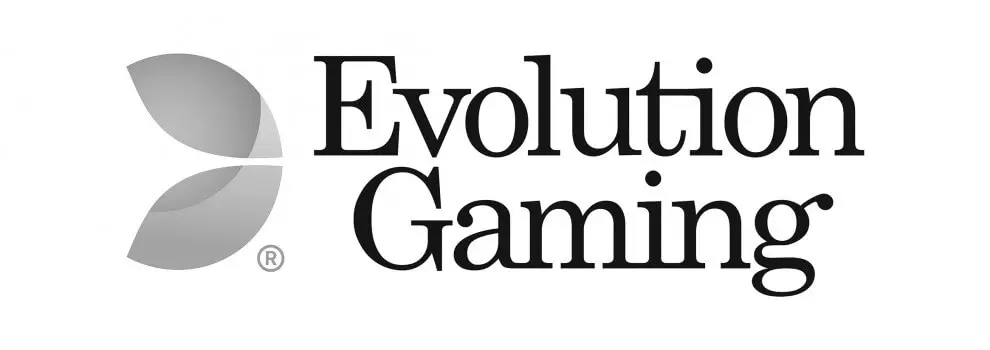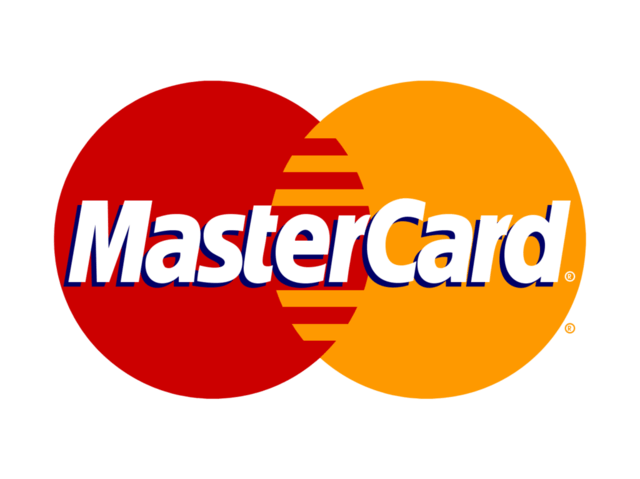
Perhaps no blackjack decision causes players more consternation than how to play pairs properly.
There’s a good reason why! A pair presents the only opportunity to split. Along with doubling down, splitting pairs is the only bet in blackjack that requires twice the risk. As we’ll see…
…it’s also an area where small differences in rules have large enough impact on the mathematics that decisive changes are needed player behavior.

















 2-2
2-2 The math tells a different story:
The math tells a different story: